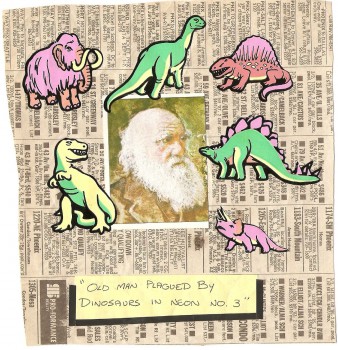Teaching and Fantasy Literature: How to Rehabilitate a Readicidal Maniac
 It’s good to be back at my Wednesday spot here at Black Gate. Two weeks ago, I got home from my favorite annual convention, Lunacon, to find that the kitchen sink had been left running all weekend. That added a few things to my To Do list, and believe me, I’d rather have been blogging. So here’s a long post, for all the thinking that didn’t land on the screen while my house vibrated with the roar of industrial dehumidifiers:
It’s good to be back at my Wednesday spot here at Black Gate. Two weeks ago, I got home from my favorite annual convention, Lunacon, to find that the kitchen sink had been left running all weekend. That added a few things to my To Do list, and believe me, I’d rather have been blogging. So here’s a long post, for all the thinking that didn’t land on the screen while my house vibrated with the roar of industrial dehumidifiers:
When a student asks me to translate an especially jargon-laden assignment from his high school, I think to myself, To the teacher who wrote this, all these buzzwords seemed like the best way to explain her idea. Surely there is an idea under here somewhere. And sometimes, when I have been as flummoxed as the kid sitting next to me at the kitchen table is, I have wondered if the fault might not be with me, or with my more freewheeling, less methodical training for college teaching. There have been times when I wondered what I missed by abandoning my almost-completed requirements for state certification in favor of grad school. I learned to speak fluent literary theory, and forgot how to speak educational jargon. Now that I’ve escaped from the classroom altogether to do the entrepreneurial tutor thing, I find that neither literary theory nor educational theory is all that useful for communicating with or helping students.
Am I wrong to dismiss the methods of most of my students’ high school teachers?
Thanks to Kelly Gallagher’s Readicide: How Schools Are Killing Reading and What You Can Do About It, that doubt will probably never plague me again. His critique of how reading is taught in most public schools is damning, and his plea to English teachers to push their profession in a better direction is urgent. As in most of the teaching books I’ve talked about here, there’s an argument for allowing students to read “high-interest reading material,” a term that includes fantasy, science fiction, and horror, along with all the other stuff human beings read for pleasure. (It’s a widely used term, despite its puzzling implication that all the books that do make it into formal curricula are somehow low-interest.) What’s unusual about Gallagher’s book is its explanation of why common teaching methods are so pernicious that even “high-interest reading material” cannot protect students’ love of reading from the good intentions of their schools.
Let’s skip most of what Gallagher has to say about high-stakes standardized testing and educational politics — I groove on reading about that stuff, but you probably don’t — and go straight to what freely chosen pleasure reading can do.
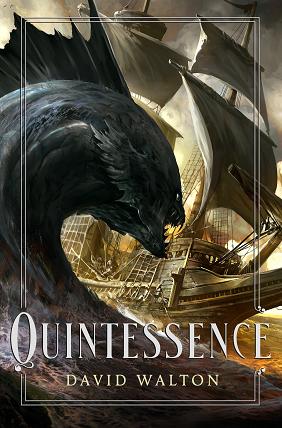
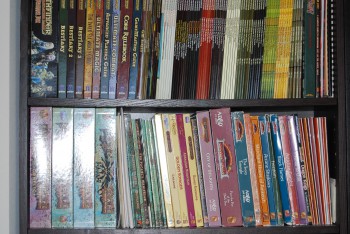
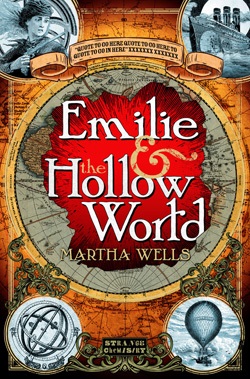
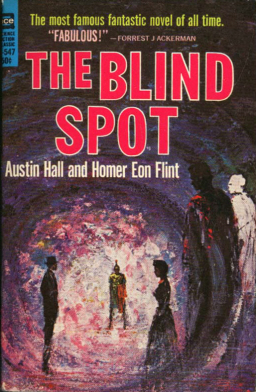
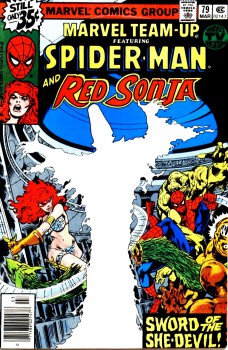
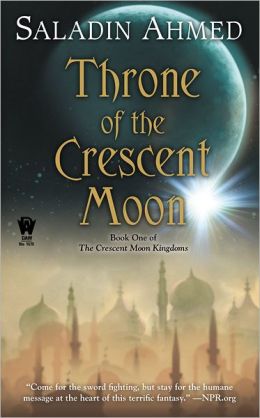

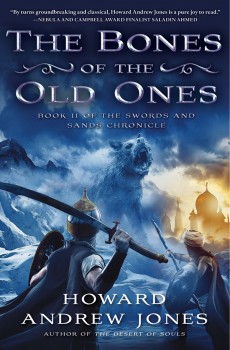 Howard Andrew Jones held on to the top spot this month, with the excerpt from his second novel, The Bones of the Old Ones. Giving him a run for his money were new stories by C.S.E. Cooney, Vaughn Heppner, and Gregory Bierly, and a reprint from Joe Bonadonna.
Howard Andrew Jones held on to the top spot this month, with the excerpt from his second novel, The Bones of the Old Ones. Giving him a run for his money were new stories by C.S.E. Cooney, Vaughn Heppner, and Gregory Bierly, and a reprint from Joe Bonadonna.